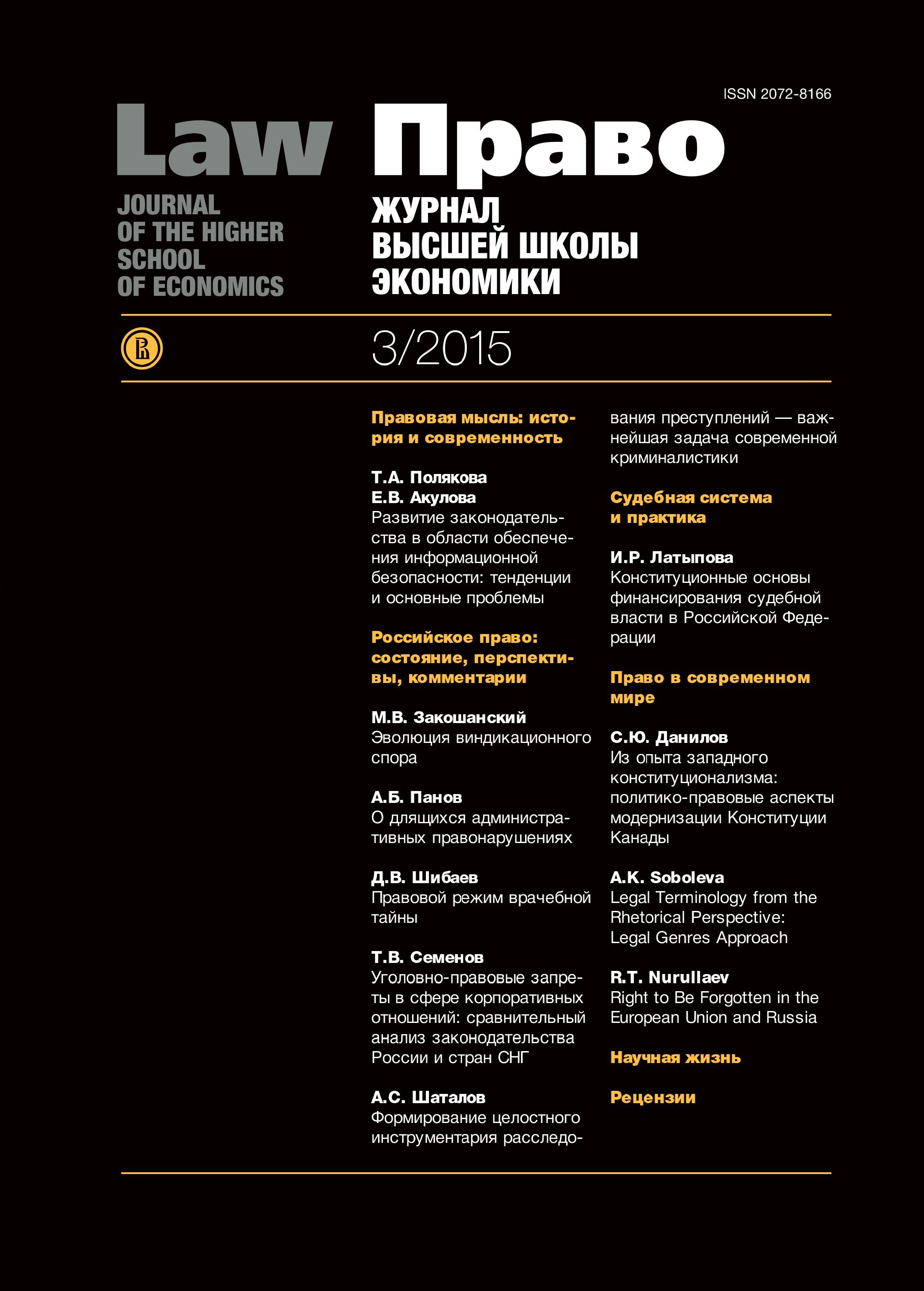Экстерриториальное применение международных договоров в сфере прав человека (на примере права на жизнь).
Аннотация
В настоящее время многие государства, столкнувшиеся с угрозой терроризма, идущей из-за рубежа, были вынуждены перейти к практике так называемых «целевых убийств», состоящей в ликвидации членов террористических формирований. В связи с этим возникает вопрос, насколько жертвы «атак», произведенных во исполнение такой практики, могут обратиться к международным средствам защиты своих прав в случае их нарушения. В особенности внимание к этой проблеме было привлечено после начала так называемой «войны с терроризмом» после террористических актов 11 сентября 2001 года, когда большое количество военных, полицейских и специальных операций, направленных на уничтожение или задержание потенциальных террористов, производились на территориях, не имеющих должного механизма защиты прав человека. В связи с этим возник вопрос — должно ли государство отвечать за деяния своих агентов, совершенных вне его территории и юрисдикции? Данная статья пытается разрешить этот вопрос на основе самого важного права — права на жизнь, которое является наиболее уязвимым звеном в конфликтах, где отсутствует четкая грань между парадигмой вооруженного конфликта и прав человека. Также необходимо отметить, что механизм экстерриториального применения права на жизнь аналогичен механизму применения права на свободу от пыток, что приобретает большую важность ввиду распространенной практики экстерриториальных задержаний и заключений (extraordinary rendition). В данной статье рассмотрены основные международные договоры в сфере права прав человека, которые представляют собой различные универсальные и региональные системы прав человека. Проанализирована практика судебных и квази судебных органов, которые созданы для защиты прав человека в своей юрисдикции, а также рассмотрены доктринальные положения, касающиеся вопроса ответственности государств за деяния, совершенные их служащими, агентами и иными акторами, действующими под их контролем. В итоге автор приходит к выводу — несмотря на то, что, по общему правилу, государство ответственно за нарушение права на жизнь, совершенное его агентами за рубежом, пределы такой ответственности в режимах различных конвенций не одинаковы.


















